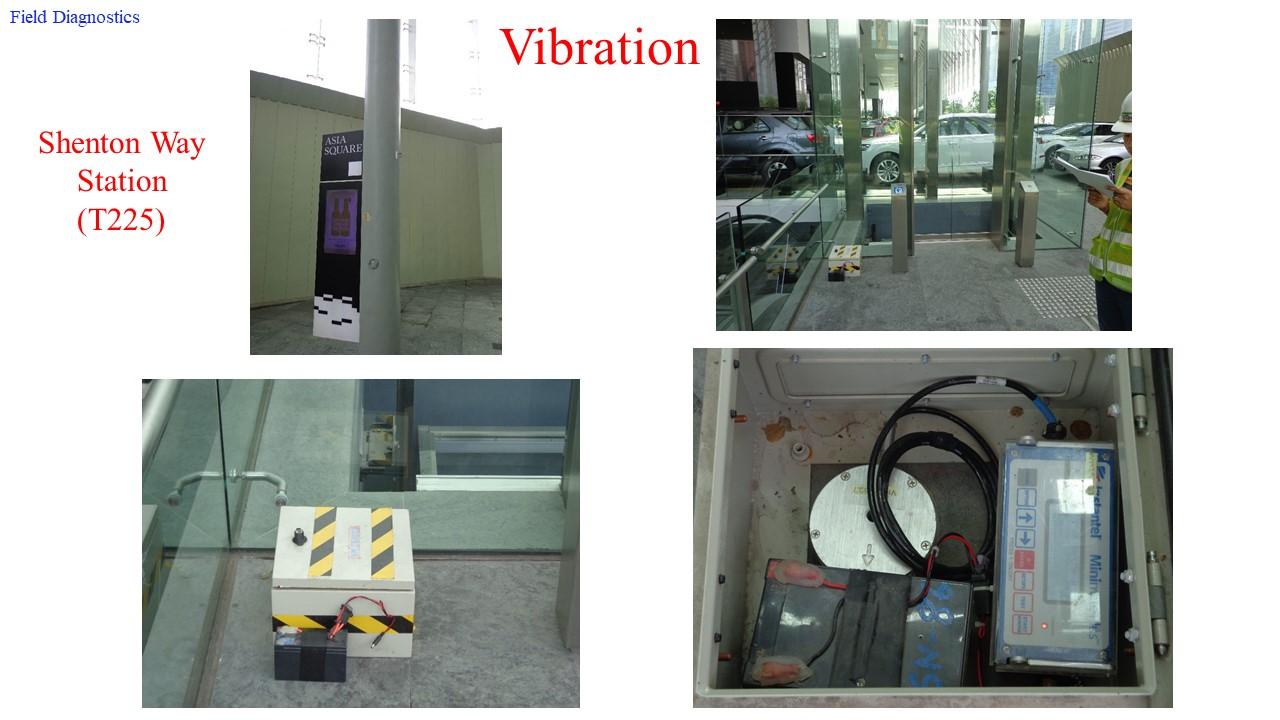Accelerometers


By far the most common instrumentation for measuring vibration in the built environment, accelerometers are inertia (resistance of an object to a change in its state of motion) measurement devices that convert a mechanical motion to an electrical signal. This signal is proportional to the vibration’s acceleration using the piezoelectric principle. Piezoelectricity is the ability of some materials, e.g., certain ceramics, to generate an electric potential in response to applied mechanical stress. The active element of an accelerometer is a piezoelectric material. A compression disk looks like a capacitor with the piezoceramic material sandwiched between two electrodes. A force applied perpendicular to the disk causes a charge production and a voltage at the electrodes.
Inertia measurement devices measure motion relative to a mass. This follows Newton’s Third Law of Motion, which states that a body acting on another will result in an equal action on the first. As an example, if the driver in a car is replaced with a mass suspended in an elastic mounting system, any acceleration of the car will cause movement of the mass relative to the car. The amount of displacement is proportional to the force causing the acceleration. The direction the mass moves is always opposite to the direction of the car’s acceleration. When no acceleration is present, the mass will be at rest. When acceleration is present, the mass will lag in proportion to the acceleration force. In other words, the car moves but the mass wants to remain at rest.
Vibrations are measured in all three axes — x-axis, y-axis and z-axis (Fig. 9.4). Figure 9.5 shows an example of accelerometers used to monitor vibration in an office building next to a basement excavation.
Common applications include the monitoring the effect of vibration arising from:
– construction work nearby
– vehicular traffic nearby
– in-house machinery, HVAC, lifts, escalators, renovation and function